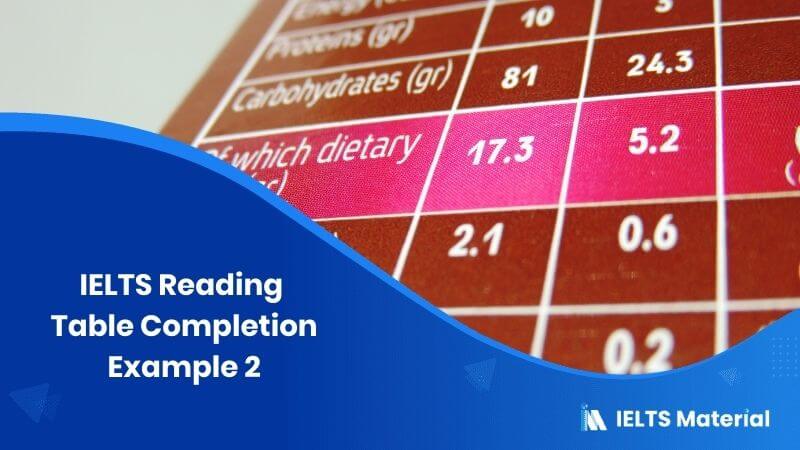IELTS Reading Table Completion Example 2
Table of Contents

Limited-Time Offer : Access a FREE 10-Day IELTS Study Plan!
The IELTS Reading table completion question is designed to assess the candidate’s ability to understand the passage’s context and organize the information logically in a tabular format. You must select the appropriate response from the provided passage and complete it.
| A. Shortly after World War II, ‘development’ as we now understand it was set in motion. Western governments and donors poured money into new agencies that set about trying to stimulate the economies of underdeveloped countries. Because of this emphasis, it is now widely regarded as the Growth Model. Although we might expect poverty reduction to be the central objective, planners at this stage were primarily concerned with industrial development. It was hoped that the benefits of this would trickle down to poor people through raising incomes and providing employment opportunities, thereby indirectly lifting them above the ascribed poverty threshold of a dollar a day. The weaknesses of these assumptions were revealed, however, when poverty rates and economic growth were found to rise simultaneously in many countries.
B. During the 1970s, a new trend took over – trickle-up development. Instead of focusing on macroeconomic policy and large-scale industrial projects, planners shifted attention to the core living requirements of individuals and communities. This became known as the Basic Needs Approach to development. It was hoped that through the provision of services such as community sanitation and literacy programmes, poverty could be eliminated from below. Economic growth was desirable but superfluous – Basic Needs redefined poverty from involving a lack of money to lacking the capability to attain full human potential. The trouble with Basic Needs programmes, however; was their expensive, resource-intensive nature that entailed continuous management and funding |
Questions 1-5
Complete the table below.
Choose NO MORE THAN TWO WORDS from the passage for each answer.
Write your answers in blank spaces next to 1-5 on your answer sheet.
| Growth Model | Basic Needs Approach |
| 1…………………….. was the main | Typified by small-scale aid such |
| Goal 2……………………… | as health and 3…………………. |
| Poverty described as living | Poverty is seen as an inability to |
| On less than a dollar a day | reach 4……………… |
Answers
|
Explanation
Unlock Explanation
| For the first question, the answer is in para 1 and line 5; “Growth Model. Although we might expect poverty reduction to be the central objective, planners at this stage were primarily concerned with industrial development. It was hoped that the benefits”
The second answer is available in para 1 and line 5; “Growth Model. Although we might expect poverty reduction to be the central objective, planners at this stage were primarily concerned with industrial development. It was hoped that the benefits” For the third question, the answer is in the second para, line 4 “It was hoped that through the provision of services such as community sanitation and literacy programmes, poverty could be eliminated.” For the fourth question, the answer is in the second para, line 6 and 7; “desirable but superfluous – Basic Needs redefined poverty from involving a lack of money to lacking the capability to attain full human potential. The trouble with Basic Needs programmes” |
Also check:
Practice IELTS Reading based on question types

Start Preparing for IELTS: Get Your 10-Day Study Plan Today!
Recent Articles

Nehasri Ravishenbagam

Haniya Yashfeen

Haniya Yashfeen

Haniya Yashfeen




Post your Comments